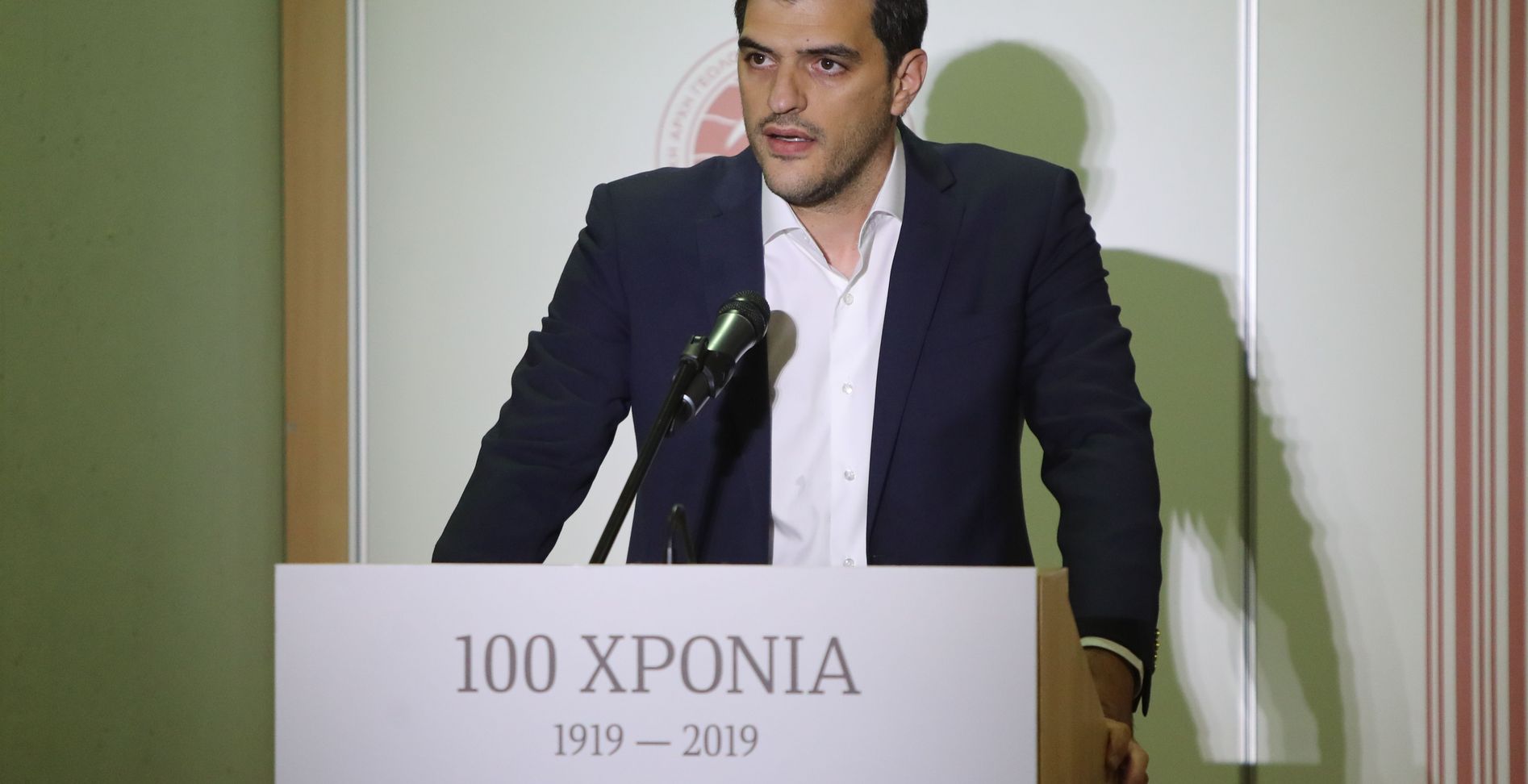The distance between Paris and Glasgow in a straight line is 1,097 km. In reality, however, it took five years for humanity to meaningfully discuss how to implement the Climate Agreement signed in 2015 in the French capital and which came into force on November 4, 2016. As these lines are being written, the lights of COP26 have gone out. For about two weeks, tens of millions of people followed news about the Climate Conference, generating pressure on world leaders to bridge their differences and move faster.
During the first week, beautiful and inspiring speeches from leaders of all kinds dominated the agenda, but the second week revealed that there is still a long way to go before we can speak of a truly global effort to reduce emissions—one that transcends national interests. Like it or not, however, Climate Change is a problem no single country can solve alone. It requires international cooperation and collective action.
With the pandemic still afflicting humanity, the circumstances are admittedly far from ideal. Nonetheless, the global scientific community continues to sound the alarm regarding the pace at which decisions are made and implemented. From the first Rio Conference to Glasgow, it has taken 26 summits for nations to agree on the need to phase out fossil fuels. Yet, in their efforts to recover from COVID-19, governments around the world spent approximately 16 trillion dollars on economic stimulus measures, but only 2% of that went toward clean energy projects, according to the International Energy Agency. This is yet another sign that the principles of a fair and sustainable transition have not yet been fully integrated into national policies, and that reallocating resources to renewable energy production and storage remains insufficiently developed.
But was COP26 a failure? Based on the initial expectations, yes. Firstly, because the 2030 targets for a faster limitation of global temperature rise to 1.5 ℃ were not renewed, and secondly because the much-anticipated agreement on accelerating the phase-out of coal was not achieved. Nevertheless, there were some areas of notable progress. Transparency in monitoring climate commitments was emphasized, and the rules governing the global carbon market (Article 6 of the Paris Agreement) were finalized, despite leaving room for carbon offsetting mechanisms. In parallel, the new agreement calls on countries to fully meet their long-standing pledge to provide 100 billion dollars annually for five years to developing nations most vulnerable to climate damage.
Realistically, the final text of the Conference was a success, even though India’s last-minute reversal somewhat tempered the enthusiasm. In truth, it contains several small victories, but given the grim forecasts of United Nations scientists regarding the inability to limit global warming to 1.5°C, no one celebrated.
The article by the General Director of H.S.G.M.E., Andreas Tsokos, was published on powergame.gr. Retrieval date: November 16, 2021.


